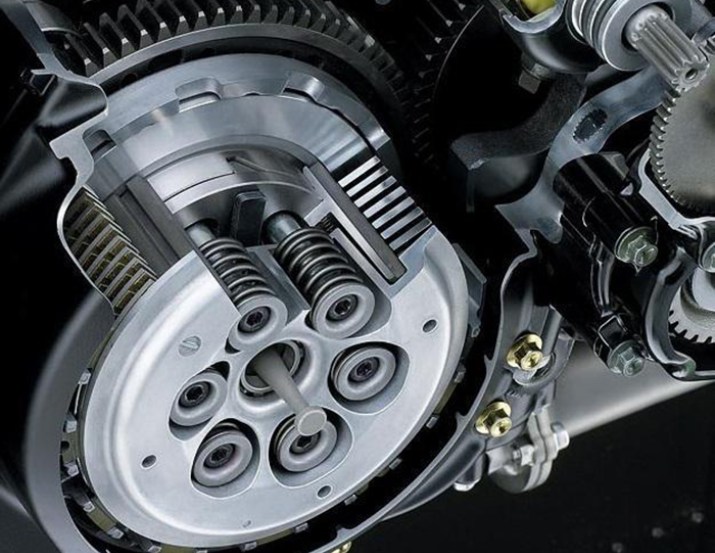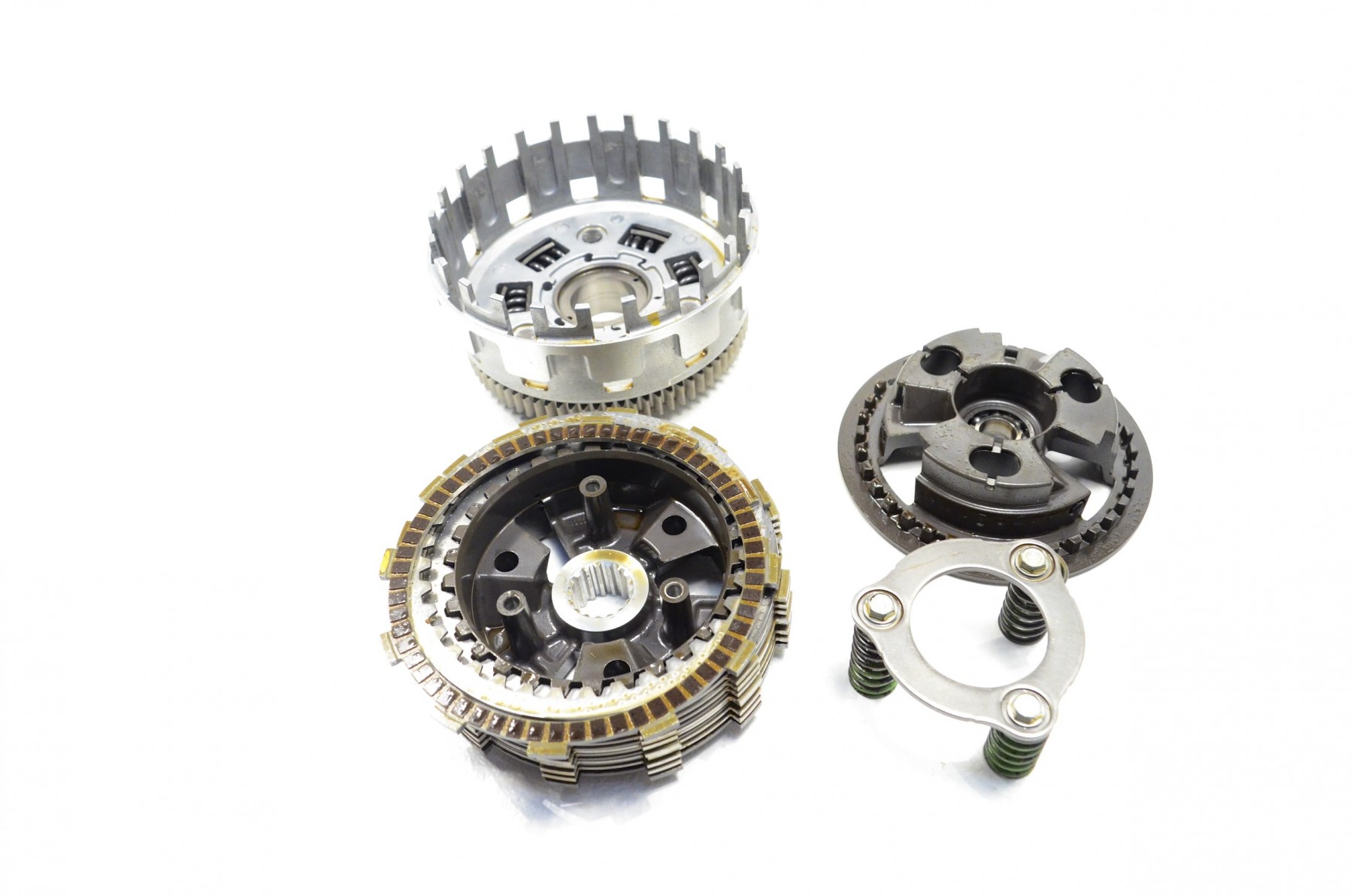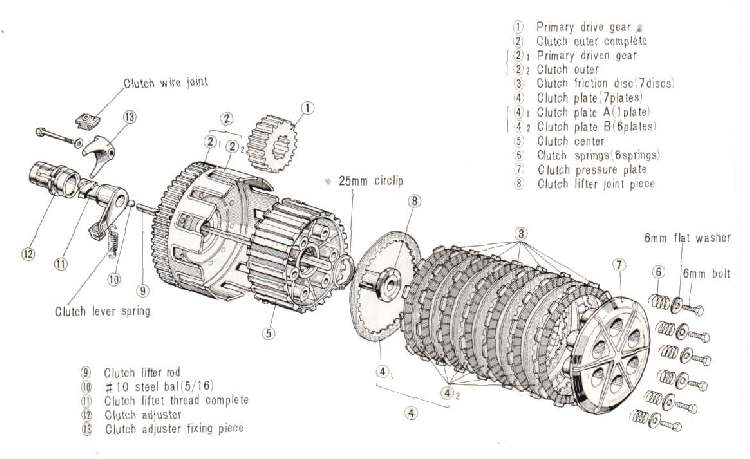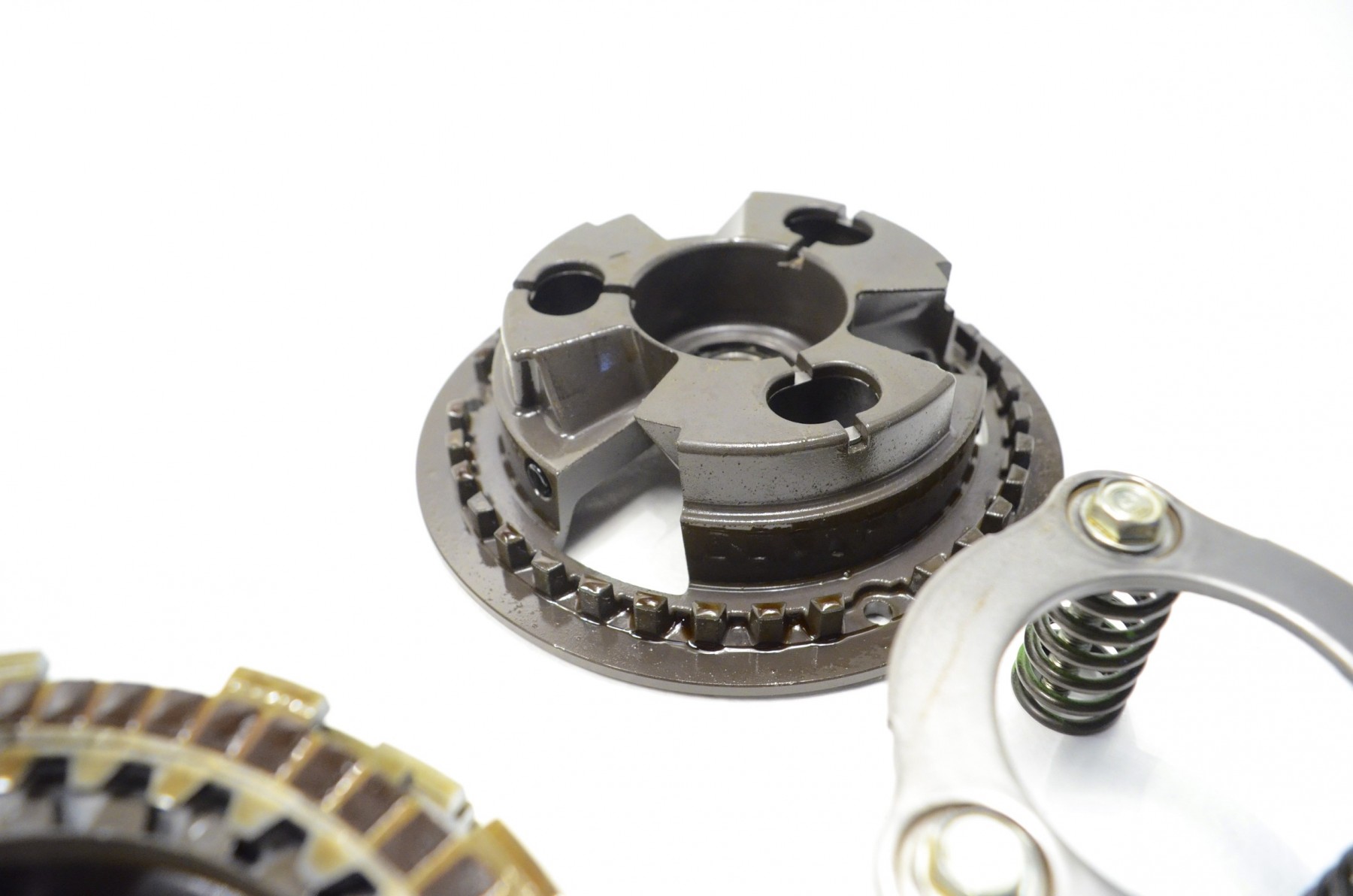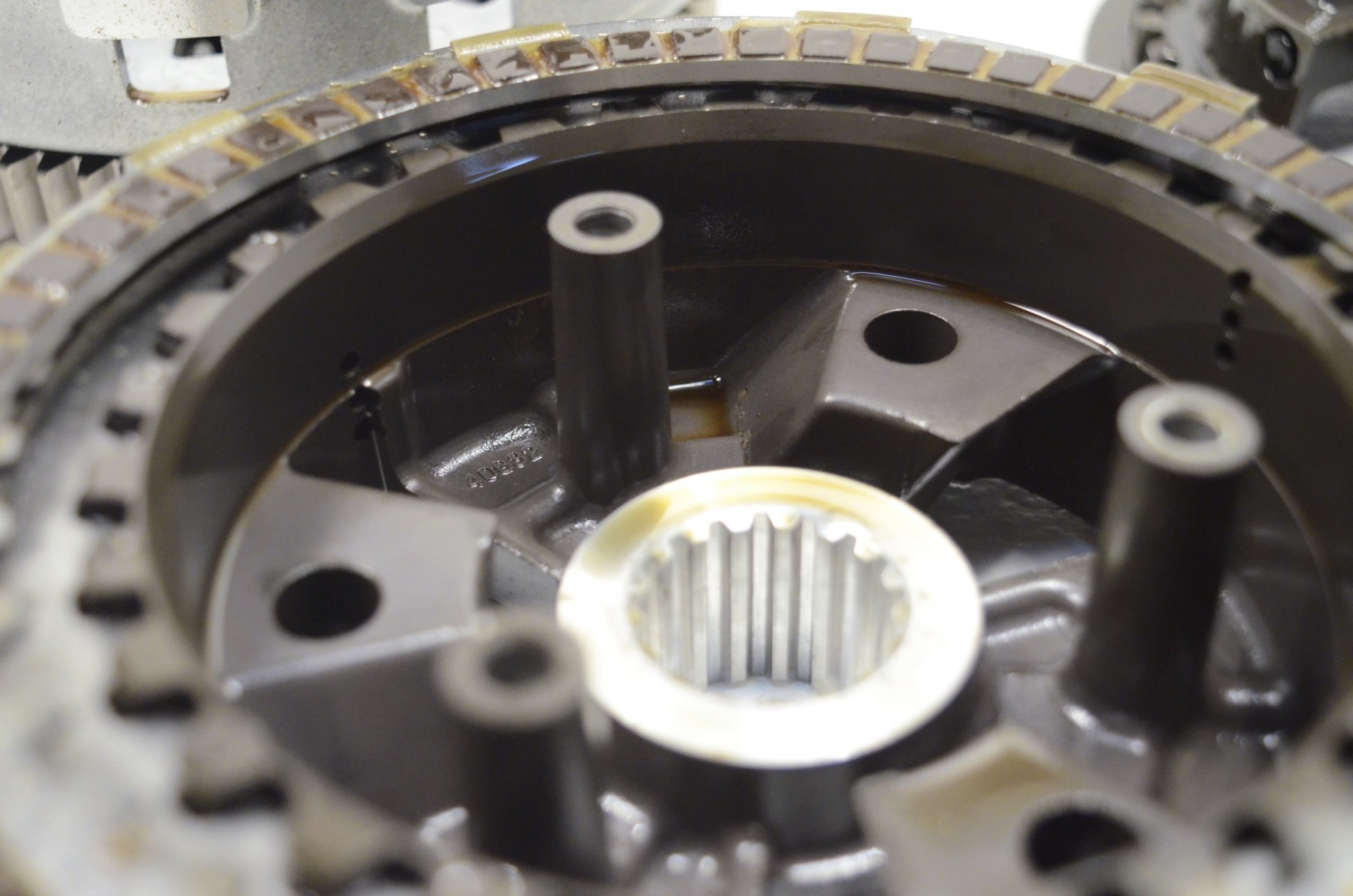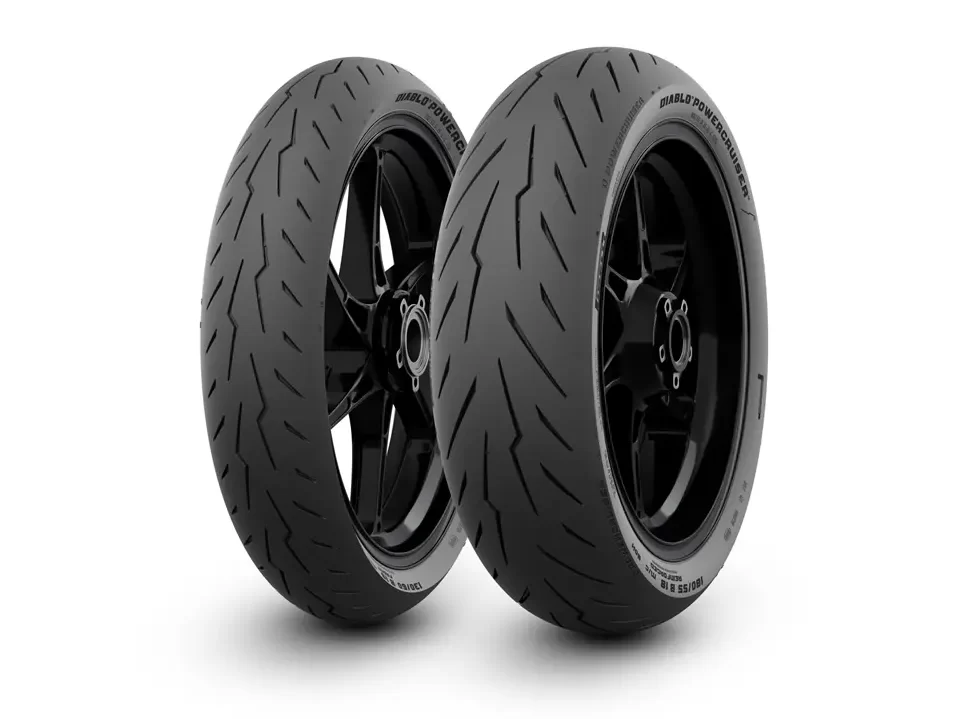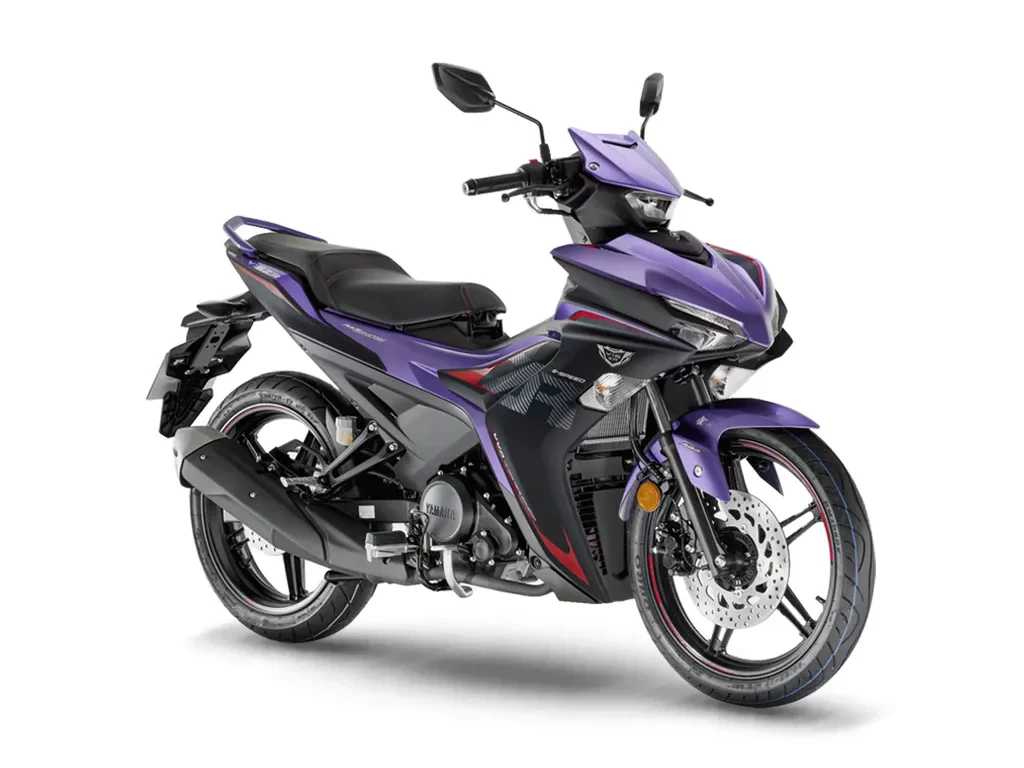-
The clutch is what allows the engine to either engage or disengage drive from the engine to the transmission.
-
How a clutch functions is simple and straightforward.
-
We also discuss how slipper, besides assist and slip clutches work.
For those who are currently riding motorcycles with manual clutches i.e. with a clutch lever, we’ve learned to use it from that very first time we rode one. We’ve gotten so used to it: Clutch in, shift a gear, clutch out and continue riding or stop.
But how does the clutch actually work? And more recently, what is a “slipper clutch?” To take it even further, what is an “assist and slip clutch?”
A motorcycle, or automotive clutch for that matter, is a mechanical device that engages or disengages the drive from the engine to the transmission and ultimately to the rear wheel.
Think of the clutch as being the middle man, between the engine and transmission. Or a fuse between two electrical circuits. No fuse to connect, no electrical transmission.
Truth is, the operation of a clutch is simple.
BASIC CONSTRUCTION
A clutch consists of a few basic parts. Referring to the picture below, we’ll use the corresponding numbers:
- Primary drive gear. This gear is driven but another gear attached to the crankshaft’s output shaft.
- Primary driven gear and clutch basket assembly. The gear is driven by the primary drive gear (1), which turns the clutch basket, along with the friction discs (3).
- Friction discs. These discs have “teeth” on the outside to fit into the clutch basket. When the clutch is engaged, the material on the either side of the faces “grip” the steel clutch plates (4).
- Clutch plates. These are usually made of steel and have their surfaces either “dimpled” or smooth. Their teeth are on the inner circumference and mate to the clutch centre (5).
- Clutch inner, where the clutch plates (4) mate to and is splined to the transmission’s input shaft.
- Clutch springs. These apply pressure to the pressure plate (7) to “press” it against the friction plates (4).
- Pressure plate, which is sometimes called the clutch cover.
Items (3) to (4) make up what’s called a “clutch pack.” Let’s skip forward to the next parts:
- Clutch lifter rod or pushrod; and
(Unnumbered) Clutch wire joint.
When you pull the clutch lever, the clutch lifter rod (9) pushes the pressure plate (7) outwards against the springs. The pressure plate now sits slightly above the frictions discs (3) and clutch plates (4). The decrease of pressure means the clutch plates (4) is able to slip against the friction discs (3), which means the clutch inner (5), hence the transmission’s input shaft also spins freely. In turn, the engine’s drive is disconnected from the gearbox, and it’s this instant when we say the bike’s “freewheeling.”
When you let go of the clutch lever, the lifter rod moves back in place, allowing the clutch springs to compress the pressure plate onto the clutch pack. The friction discs, as the name implies, produces friction against the clutch plates and they rotate together in unison, as with the clutch inner. The engine’s power is now fully transmitted through the clutch assembly to the transmission.
SLIPPER CLUTCH and ASSIST & SLIP CLUTCH
We’ve covered on the functions and benefits of the slipper clutch before. Please click here for the full article.
To recap, a slipper clutch, what was more commonly known as the torque limiting clutch, allows the clutch to “slip” when there’s too much engine back-torque resulting from overzealous downshifting or chopping the throttle especially in the lower two gears, to avoid the rear wheel from hopping or locking up.
Slipper clutches work on the same principles when under power. However, in a slipper clutch, there are “ramps” built into the basket’s inner hub and pressure plate. Under hard engine deceleration, the ramps are forced together which then pushes the pressure plate off the friction plates and clutch plates; in effect decoupling the engine and transmission.
As for the “assist and slip” clutch, used by KTM (which they call Power Assist and Slip Clutch – PASC) and a few other manufacturers, the ramps in the pressure plate are also made to compress harder onto the clutch friction discs and clutch plates during acceleration. This allows the use of softer or fewer clutch springs. Consequently, the clutch lever needs a softer pull.
CONCLUSION
Before we close, a wet clutch is bathed in oil for cooling and lubrication. As we mentioned in an earlier article, DO NOT use automotive oil in a motorcycle engine as the clutch will start to slip and wear them out abnormally. Please use engine oils with MA or MA2 rating.
You may also wonder why cars use only a single pressure plate and friction disc compared to motorcycles. The answer is space. It’s either we use larger-sized plates or multiple smaller plates in order for the clutch to absorb and transmit the engine’s torque sufficiently.

